Introduction
Grass root cricket is dying, a fact many in the game at this level have been witness to for many years.
The loss of grass root cricket clubs in recent years due to falling player numbers, a wide range of ever increasing costs, fewer full time / part time experienced groundstaff and a dearth of experienced and competent volunteer groundstaff with little or no focus on succession planning resulting in poorer and deteriorating playing surface quality and performance (Ref: Daily Mail, January 12, 2022, page 73 – Lawrence Booth, item on Zac Crawley in Hobart). Exacerbated by a dire lack of governing body support and more recently the effects of the pandemic, all are asking whether we are reaching a tipping point where the game at the lower levels may be unsustainable.
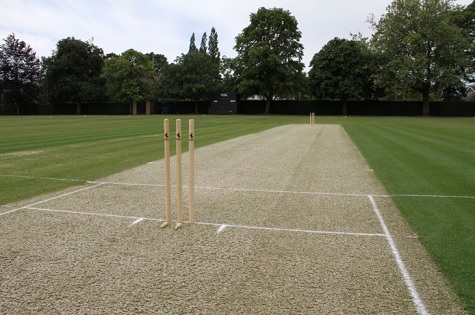
Current Workforce is diminishing in number as many newly qualified groundspeople are taking up more highly paid opportunities in sports-grounds where greater financial resource is generated and available and the individual sports are better supported by their respective governing bodies, such as Football and Rugby.
Changing lifestyles mean fewer “new” volunteers are coming forward as the demands of family leaves little time for a singular indulgence such as cricket either to play or to prepare for. Long gone are the days when the whole family got involved with their local cricket club, although a few still do.
Caring for grounds and pitches receives inadequate support from the England and Wales Cricket Board (ECB) and/or the local County Boards, a very large proportion of the available finance goes into salaries, administration and cricket at County level; little of this available finance reaches the depths of grass root club cricket.
Cricket is played on pitches and not in the bar or pavilion.
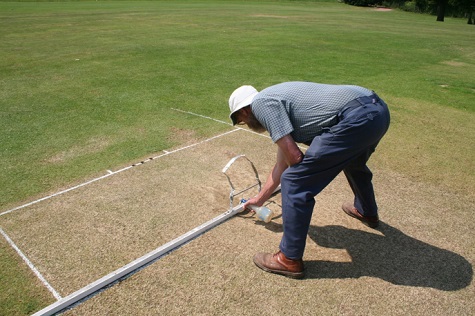
Cost of ground-care is spiralling and making it more expensive for players to participate; contractors are increasing maintenance charges at an alarming rate well beyond many grass root cricket clubs capacity to generate funds. Contractors are now concentrating only on renovation operations and construction projects due to the diminishing revenue generated from maintenance and pitch preparation alone; cricket clubs therefore, are increasingly reliant on a diminishing volunteer workforce leading inevitably to the poorer and deteriorating playing surface quality and performance noted earlier.
Machinery and equipment required for grounds maintenance operations (cricket pitch preparations included) can be a huge financial burden to grass root cricket clubs, finance running into tens of thousands of pounds, monies not usually or easily available. The ECB have even withdrawn their ‘Machinery Funding’ so clubs are forced to rely on second hand and old used machinery and equipment (which sometimes have Health & Safety and Legislation issues). Little wonder then that many, many cricket clubs are unable to employ qualified groundstaff but have to rely on an aging volunteer workforce a situation recently highlighted in ‘Pitchcare’ magazine (November 2021) where the two volunteer groundsmen at ‘The Mote’ cricket club in Maidstone, Kent, have a combined age of 166 years.
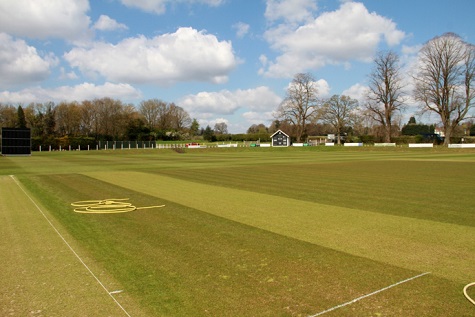
Evidence
At this point it is intended to indicate an overall picture of the present state of affairs. The evidence presented here is derived from a number of sources including conversations shared with colleagues from grass root cricket clubs around the counties plus, Cricket Development Officers and League Secretaries.
Clubs' decline
Reference to an original copy of a Cricket in Kent Year Book dated March 1954 shows there were 12 Districts covering 538 grass root cricket clubs. Compared to the final copy of the Kent Cricket Club Directory (dated 2014) the number of districts had increased to 16 covering only 303 grass root cricket clubs; an increase in districts of 75% but a decrease in grass root cricket clubs of 56.32%.
Highlighted from these conversations were contributory factors such as the lack of competent grounds-people leading to the increased dependence on enthusiastic but predominantly untrained, poorly skilled volunteers resulting in reduced quality playing surfaces; the greater dependency on the use of expensive contractors and most notably the lack of finances.
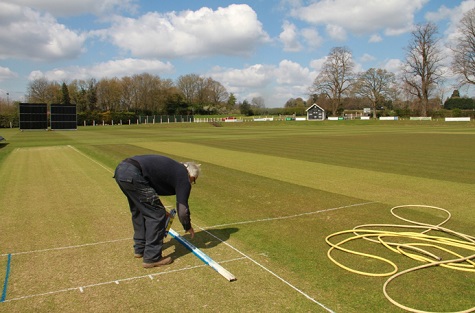
The finance and funding issues, amongst other pressing issues, are not new and have been well documented as can be identified by the following report written a number of years ago; the report has been edited with some more recent updates included:
Bridging the Funding Gap
In the Metropolitan Areas, a crisis is developing in recreational cricket. Over many years, at the lower levels of recreational cricket, where junior players including many BAME players cut their teeth in English cricket, grass wickets are continuing to disappear at an accelerating rate.
The Phoenix project
It is about 10 years since Peter Wiseman, Honorary Secretary of Beckenham CC, based in Bromley District, recognised the problem and conducted an audit of available grounds. He found an alarming decline in available places to play cricket. While Peter laudably managed to get a limited number of facilities back into operation, facilities continue to disappear throughout SE London.
In my archives, I still have records of the work undertaken by Peter Wiseman's Phoenix Group, while similar work was at least started in Greenwich to audit the past and current facilities. Both make depressing reading.
As Peter noted at the time, both central and local Government both continue to support recreational sport in various ways, yet seem unable to protect some of the grounds on which these sports are played.
And so the problem continues: back in Bromley, at the back end of the 2021 season, OD CUACO lost their second ground, when, almost without warning, it was sold to a football club for immediate use.
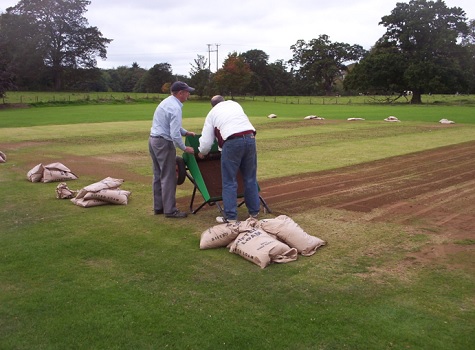
OD CUACO had two cricket grounds, the main ground and then a second ground alongside it, with its own pavilion. This was sufficient for the club to run four league teams on Saturdays, but they had to finish their last few 2019 third and fourth XI league games on other grounds, arranged at short notice, after the official season had ended. The club is left with the need to find an alternative ground to hire for its lower league teams in 2022.
There is a similar tale in Copers Cope Road, which used to be home to CUACO (before its merger with Old Dunstonians), now a professional football training ground.
In the same street, Lloyds Bank is now part of the KCC Beckenham site (at least cricket is still played!). On the other side of the road, Nat West Bank is now a Goals facility. Close by, the former Midland Bank (now HSBC) ground is a fabulous facility, but the bank is now controlling its use more tightly to bank employees only. How long before it disappears altogether, just like the other bank and insurance grounds, now a distant memory?
Elsewhere in Bromley, in Perry Street, the former Old Elthamians facility is now home to the Glebe football club, while the cricket and rugby are now ground-sharing with Eltham College.
The situation is now so acute that, Beckenham's fifth and sixth elevens have been given special dispensation to play on an artificial pitch, there being no grass wickets available on which to play. For a while, the club used the old Sydenham ground, but cricket is no longer played there.
In the Greenwich and Lewisham areas which neighbour Bromley, there are many grounds where cricket is no longer provided.
Some facilities, such as those off Weigall Road, in the Lee area, there are grounds which are just lying idle, as the owners hang on in the hope that they will get permission to develop the site for housing, a much more lucrative option than running sports facilities.
Other clubs have just gone out of business. A drive down Foots Cray Road towards Sidcup (a club thankfully still operating cricket and rugby); there is a string of discontinued cricket facilities.
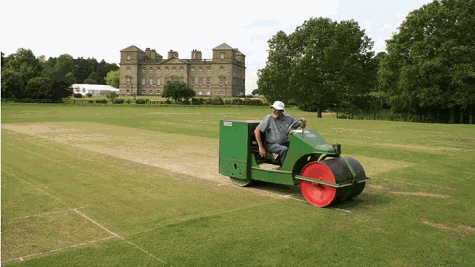
Old stagers will fondly remember wonderful games at RACS, Bardhill and Old Shootershillians. Foots Cray Rugby club is hanging on, but now there is only one cricket pitch, rather than the original two. Cricket facilities at Shooters Hill in Broad Walk, Old Brockleians off Middle Park Avenue and the Civil Service Ground on the A20 have disappeared in recent times.
Other pitches, such as those owned by the Royal Borough of Greenwich at Avery Hill Park and Eltham Park, lie idle and in disrepair because there is no resource to maintain them, despite considerable investment in installing the facilities.
Will this tragic story be the future trend? What is needed to arrest it and even turn it round?
Ground economics
It is increasingly the norm in junior cricket, where U13 and U11 games are now routinely played on non-turf pitches (NTPs). Are we heading towards a point where only the biggest clubs - and then only their senior first and second elevens - will be playing on grass?
Why has this happened? Part of the problem is simply that, compared to running a football pitch, running a cricket ground is not economical. Grass wickets are expensive to maintain - the strips require careful regular attention each week, and the whole square needs work before and after the season. Only one (or at best two) games can be played in a day. If a game is played on a Saturday, then a separate strip needs to be prepared for a game on Sunday.
On the other hand, converting the same ground to football, with a system of permits for 90 minutes, as many as six games per day can be played, bringing in much more revenue than a single cricket match, and with far less preparation required. Football is becoming a 12 month sport as well, so a football field can be used all year round, whilst a cricket pitch has to lie idle for as much as seven months of the year.
Everyone knows how expensive it is for capital assets to lie idle, and cricket pitches are no exception.
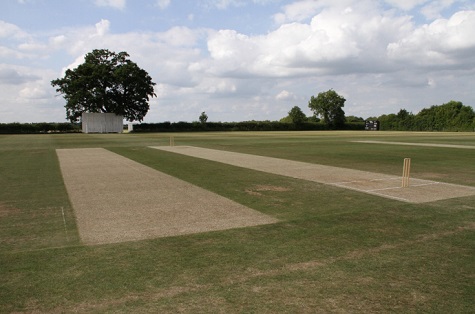
In addition, in the big cities, such as metropolitan London, green spaces are under great pressure for other reasons, most notably for building housing and amenities. In the Greenwich and Lewisham district where I operate, this is particularly acute.
On the Greenwich Peninsula, a massive residential area, home to 250,000 people, a Google search for sporting facilities comes up virtually dry. There is a golf driving range and the option of some attractive riverside walks, but previous little else, certainly not of the outdoor grass sporting type.
This exerts yet more pressure on the surviving grounds to the south, which are heavily over-subscribed. The population has a significant South Asian community, yet where can they play their beloved sport of cricket?
Groundsmen
It is not only grounds which are disappearing, but groundsmen are too. Just as in many professions, many cricket groundsmen are reaching retirement age and there is no discernible succession strategy in place.
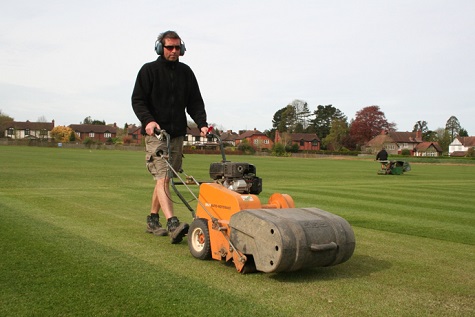
The demographics of the UK, with a low birth rate and increasing life expectancy means that we have too few people of working age available to take over. Is being a cricket groundsman an attractive profession for the younger generation? And as more retire, those remaining are in great demand, can pick and choose their work and prices are creeping up - they will gravitate towards the richer clubs and better wickets, rather than the wickets in small clubs and public parks. Specialist machinery is also in short supply.
The funding gap
All of this translates into cost pressures on lower level, recreational grass cricket wickets. The chickens are coming home to roost - or at least they would do if only they could find some grass!
We urgently need to address the problem, not just of commissioning grass cricket wickets, but maintaining them as well.
While the situation may be different in rural areas, where a culture of volunteers is more prevalent and the cost of land is much lower, grassroots cricket in the urban areas of high population, and especially in the deprived areas, is under existential threat.
It is all very well spending a lot of money on installing attractive new grass facilities to accommodate the demand, but if the owners of those facilities cannot any longer afford to maintain them, and the players cannot afford to pay for them, what is the point?
The market will bear about £120 to £150 for hiring a pitch of this standard, or about £10 to £15 per home player, yet it probably costs £175 per pitch to maintain the average facility. But when one considers that third and fourth teams are made up of many youngsters and students, they cannot afford to pay this for each match.
Too many grant providers will provide funding for an installation, but specifically exclude on-going maintenance. The result is loss of facilities and derelict grounds.
To allow these facilities to be provided in the future, funding sources, whether from traditional grants or private benefactors, must address need for the on-going maintenance and at least provide a subsidy of - perhaps £50 per pitch.
There seem to be only two solutions: either we accept that most urban grass wickets are a thing of the past, or we address the funding gap between what lower level teams are able to pay and what is costs to maintain the facility.
Artificial tracks allow players to play, but they take away one of the magical aspects of cricket, which is to learn how to play on different types of wicket - hard, fast pitches, slow tracks, damp wickets, dustbowls, turning tracks and so on. Reliance on artificial tracks removes a lot this variation, and with it a lot of the skills required to progress in the game.
Perhaps now that teas are a thing of the past, the money saved by the away team (circa £45 per game) could instead be levied as a pitch-sharing contribution? It surely is not unreasonable to ask both teams to share the cost? Such an away team contribution would enable pitch hire prices to rise to an affordable level. But there are many wandering teams in the area who depend on the generosity of home teams who pay for the full cost of the pitch hire. This cannot continue.
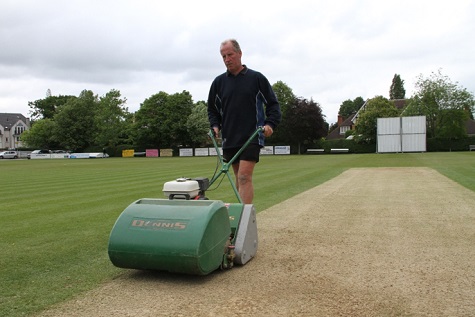
Although the original report was written ten years or so ago, little has changed. Many of the problems encountered then still exist today, some even more exaggerated, while others have come the full circle and their prediction of failure or amalgamation, materialised. The problems started decades ago, for example; there is a 14.2 Hectare (35 acre) sports ground, formerly a Schools Sports Centre owned by the Inner London Education Authority (ILEA), maintained by the Greater London Council (GLC) that is located on the convergence of four London Boroughs. The site was devolved to the London Borough of Southwark back in about 1990 and was subsequently mothballed and now sits, as far as is currently known, derelict to this day (2022). Originally there were 10 cricket tables on the site.
The recent Coronavirus pandemic has resulted in dire consequences for many grass root cricket clubs whose finances have taken a severe knock despite some funding from central government and local authorities, many grass root cricket clubs around the country are unlikely to survive. Once these cricket club facilities and grounds are lost to redevelopment they are gone forever.
Over the years grass root cricket has had to contend with the additional pressures of Health & Safety Legislation, European Union dictat and now Climate Change, plus crickets “Governing Body” failures, and currently, the additional economic effects of the red diesel issue and the Russia/Ukraine conflict have all, and will, secure THE DEATH OF GRASS ROOTS CRICKET.